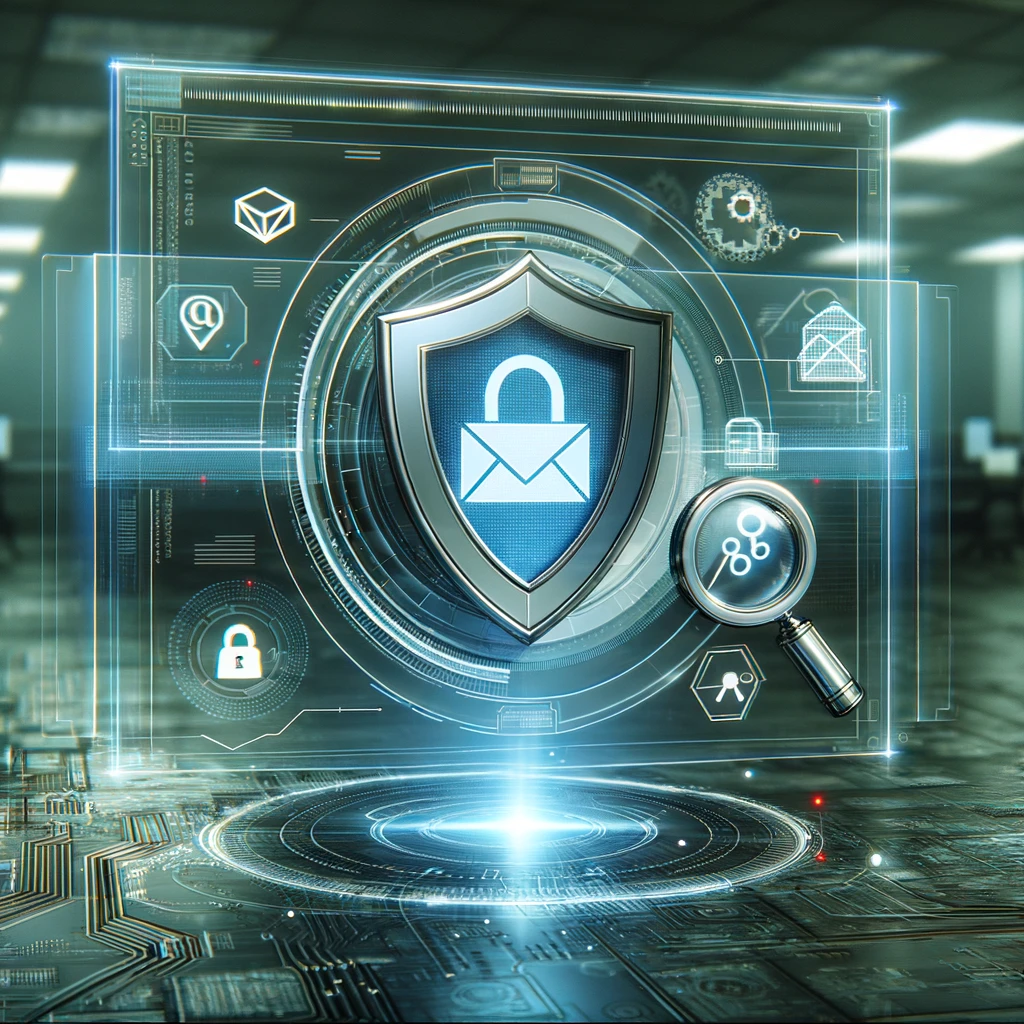In the realm of cybersecurity, the focus often lies on external threats like hackers, malware, and cyber espionage. However, one of the most significant and challenging risks comes from within an organization: insider threats. Insider threats can be intentional or unintentional actions by employees, contractors, or other trusted individuals that lead to data breaches, security incidents, or other cyber threats. Addressing these threats and enhancing user awareness is crucial for maintaining robust security. This post explores the human element in cybersecurity, the nature of insider threats, and strategies for increasing user awareness.
Understanding Insider Threats
Insider threats originate from individuals who have authorized access to an organization’s systems and data. These threats can be categorized into two main types:
- Malicious Insiders: These individuals deliberately exploit their access to harm the organization. Motivations for malicious actions can include financial gain, revenge, ideological beliefs, or coercion by external parties.
- Negligent Insiders: These are individuals who unintentionally cause harm through careless or ignorant actions. Common examples include falling for phishing scams, mishandling sensitive data, or failing to follow security protocols.
The Impact of Insider Threats
Insider threats can have severe consequences for organizations, including:
- Data Breaches: Insider actions can lead to the exposure of sensitive information, such as customer data, intellectual property, or financial records.
- Financial Losses: Security incidents caused by insiders can result in substantial financial losses due to remediation costs, legal fees, and fines.
- Reputational Damage: A breach involving insider threats can damage an organization’s reputation, leading to a loss of trust among customers, partners, and stakeholders.
- Operational Disruption: Insider threats can disrupt business operations, leading to downtime, reduced productivity, and operational inefficiencies.
Strategies for Addressing Insider Threats
- Implement Comprehensive Access Controls: Restrict access to sensitive data and systems based on the principle of least privilege. Ensure that employees have access only to the information necessary for their roles. Regularly review and update access permissions to minimize the risk of unauthorized access.
- Monitor User Activity: Deploy monitoring tools to track user activity on the network and detect unusual or suspicious behavior. Implementing user and entity behavior analytics (UEBA) can help identify anomalies that may indicate insider threats.
- Conduct Background Checks: Perform thorough background checks on new employees, contractors, and third-party vendors. Assessing the trustworthiness and reliability of individuals with access to sensitive information can reduce the risk of insider threats.
- Foster a Positive Work Environment: Create a supportive and transparent workplace culture to reduce the likelihood of malicious insider actions. Address employee grievances, provide opportunities for career development, and promote a sense of belonging within the organization.
- Develop an Insider Threat Program: Establish a dedicated insider threat program that includes policies, procedures, and response plans for detecting and mitigating insider threats. Regularly review and update the program to adapt to evolving risks and threats.
Enhancing User Awareness
User awareness is a critical component of an effective cybersecurity strategy. By educating employees about security risks and best practices, organizations can reduce the likelihood of insider threats and improve overall security posture. Here are some strategies for enhancing user awareness:
- Regular Training and Education: Implement ongoing cybersecurity training programs for all employees. Training should cover topics such as phishing awareness, password management, data protection, and recognizing social engineering tactics. Use interactive and engaging methods to ensure the training is effective and memorable.
- Phishing Simulations: Conduct regular phishing simulations to test employees’ ability to recognize and respond to phishing attempts. Provide feedback and additional training to those who fall for simulated attacks, and reward those who identify and report them correctly.
- Clear Communication: Communicate security policies, procedures, and expectations clearly and regularly. Ensure that employees understand the importance of cybersecurity and their role in protecting the organization. Use multiple channels, such as emails, newsletters, and intranet portals, to reinforce key messages.
- Promote a Security-First Mindset: Encourage a culture where security is prioritized in all activities. Recognize and reward employees who demonstrate strong security practices and contribute to the organization’s cybersecurity efforts.
- Provide Easy Reporting Mechanisms: Make it simple for employees to report suspicious activity or potential security incidents. Establish clear reporting channels and ensure that employees know how to use them. Respond promptly and transparently to reports to build trust and encourage future reporting.
- Regular Assessments and Updates: Periodically assess the effectiveness of user awareness programs and make necessary updates. Use metrics and feedback to measure the impact of training and identify areas for improvement.
Conclusion
The human element is a critical factor in cybersecurity, and addressing insider threats and enhancing user awareness are essential components of a comprehensive security strategy. By understanding the nature of insider threats, implementing effective controls, and fostering a culture of security awareness, organizations can mitigate risks and protect their valuable assets. Remember, cybersecurity is a collective responsibility, and every individual within the organization plays a vital role in maintaining a secure environment.

Penetra Cybersecurity is at the forefront of defending the digital frontier, providing cutting-edge solutions to protect businesses and organizations from the ever-evolving threats of the cyber world. Established with a mission to create a safer internet for everyone, Penetra leverages a blend of advanced technology, expert knowledge, and proactive strategies to stay ahead of cybercriminals.
Ready to take the next step towards a more secure future? Schedule a consultation with us today and discover how we can help protect what matters most to you. Don’t wait until it’s too late—with Penetra Cybersecurity, your business isn’t just secure; it’s imPenetrable.




